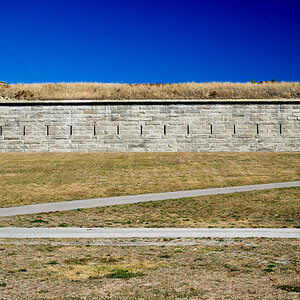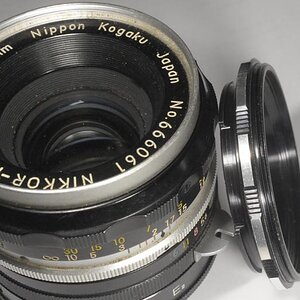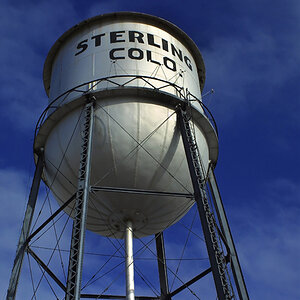Michael Cardenas
TPF Noob!
- Joined
- Feb 6, 2019
- Messages
- 24
- Reaction score
- 2
- Can others edit my Photos
- Photos NOT OK to edit
Hi. I'm new to photography and don't know the first thing about editing software. Are there any good, free, editing softwares out there? I have a MacBook air incase compatibility is a factor. Thanks for your help in advance .
.


 And Lightroom is excellent if that's the way you work and like that.
And Lightroom is excellent if that's the way you work and like that.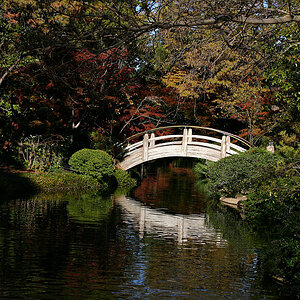
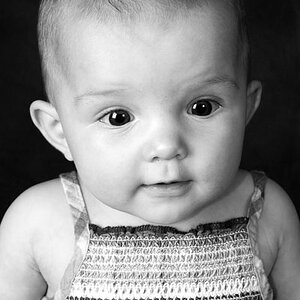
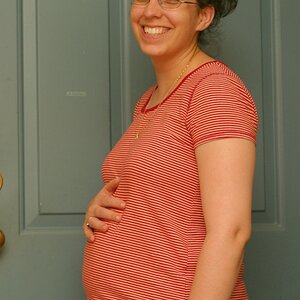
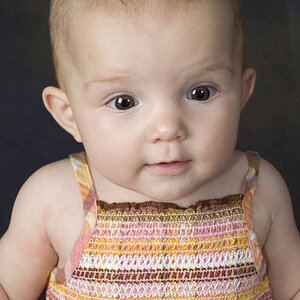
![[No title]](/data/xfmg/thumbnail/35/35268-34a315519597f60516d59124092e9bc2.jpg?1619736971)
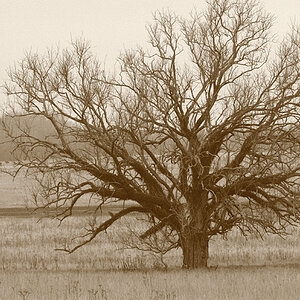
![[No title]](/data/xfmg/thumbnail/30/30987-a33ca8e90b5d786c21e59d37945b9cc6.jpg?1619734552)


